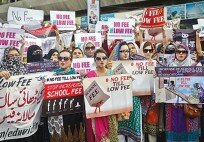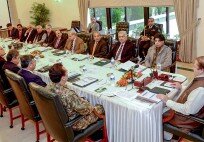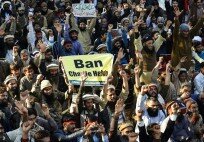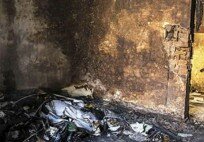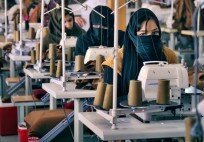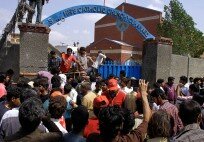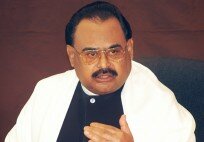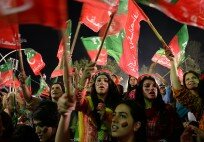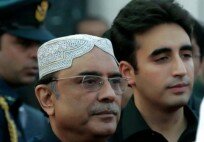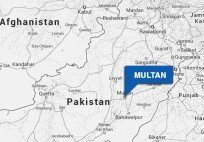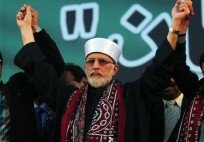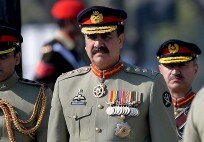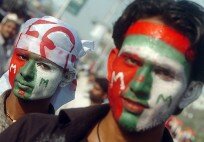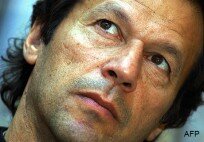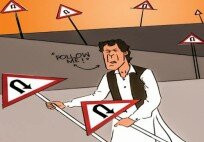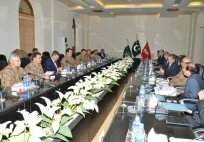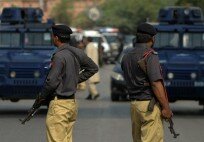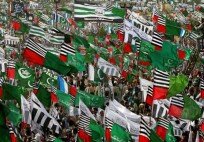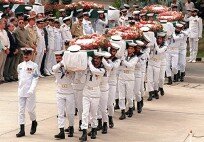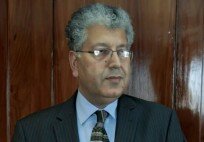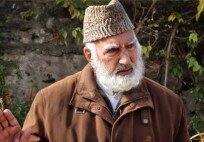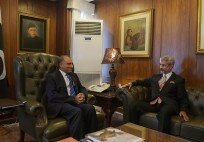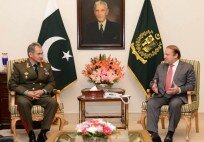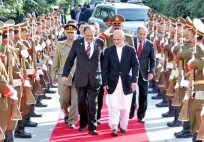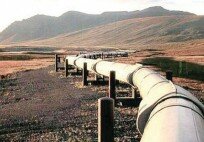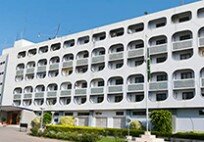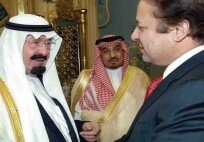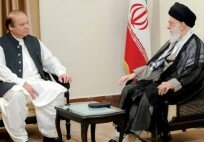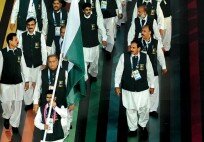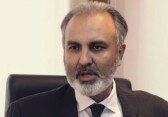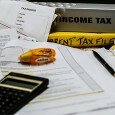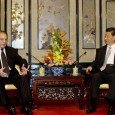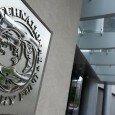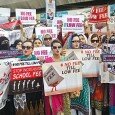By Khalid Mustafa –
The recent drastic cut coinciding with global market dip was a pleasant surprise. But do you how the govt. regularly fleeces you?
Drastic reduction in oil prices during the period June 1 to July 14 took Pakistan by pleasant surprise; the immediate public reaction was one of disbelief. The commentariat quickly dubbed this a calibrated move to appease the electorate in a likely election year. In fact, the move was a consequence of crude price slump in the international market.
The domestic POL prices, during the said period, tumbled by up to 10.5 percent not because of any subsidy provided by the government. The reduction therefore, cannot be termed as relief for the masses. The impression that the government had reduced the prices to derive political mileage is therefore, misplaced. Regardless, Information Minister Qamaruz Zaman Kaira typically touted this as relief. Interestingly, the point man, and his fellow PPP comrade, chose to disagree.
“This wasn’t relief as the impact of fluctuation in the international market was passed on to the end consumers. The domestic POL prices are linked with the international prices of crude oil, Dr Asim Hussain, Advisor to PM on Petroleum and Natural Resources, said. Whenever, the government extends relief, it has to give subsidy (in the form of reduction in petroleum levy) to the end consumers, Dr Waqar Masud, secretary of petroleum and natural resources concurred.
“Yes, the government reduced the prices in the past because of political pressure from urban based parties such as MQM and PMLN and, sometimes, the government itself did not hike the POL prices knowing the fact that prices were on the higher side in the global market and its whole impact to consumers would multiply their financial miseries.
“This (oil price cut) wasn’t relief as the impact of fluctuation in the international market was passed on to the end consumers” — Dr Asim Hussain, PM’s Advisor on Petroleum & Natural Resources
He categorically said the recent reduction in POL prices from June 1 to July 14 was not on account of political considerations, as the government intends to hold general election either by yearend or March next year. However, Masud said when the election drive will formally start, the government may absorb the loss and reduce the petroleum levy either to maintain or reduce the prices. Masud said the government granted relief last year to the tune of Rs51 billion by reducing the petroleum levy on POL products. The budgetary target for 2011-12 to collect the levy on petroleum products was Rs120 billion, but the government collected Rs69 billion, which means it absorbed a loss of Rs51 billion.
 Dr Asim Hussain, Advisor to PM on Petroleum and Natural Resources said: “It is not possible to purchase anything at higher prices and sell to the end consumers at lower prices particularly when the government does not have fiscal space to provide subsidy on petroleum products. “Even then the government reduced the petroleum levy to provide some relief to the people on many occasions, he said. “The country’s tax-to- GDP ratio currently hovers around 9 percent which is the lowest in the region and where the government failed to impose value added tax is down to severe opposition from the MQM and PML-N. So the tax base has not increased to a reasonable extent,” Hussain said.
Dr Asim Hussain, Advisor to PM on Petroleum and Natural Resources said: “It is not possible to purchase anything at higher prices and sell to the end consumers at lower prices particularly when the government does not have fiscal space to provide subsidy on petroleum products. “Even then the government reduced the petroleum levy to provide some relief to the people on many occasions, he said. “The country’s tax-to- GDP ratio currently hovers around 9 percent which is the lowest in the region and where the government failed to impose value added tax is down to severe opposition from the MQM and PML-N. So the tax base has not increased to a reasonable extent,” Hussain said.
Under this scenario, the government is left with no option but to go for taxation on import of POL products. Hussain conceded the government was unable to extend further subsidies to all sectors of economy in various heads keeping in view its fiscal constraints. In the last year, the government has provided Rs512.2 billion as subsidy to Water and Power Development Authority, Pakistan Electric Power Company, Karachi Electric supply Company, Trading Corporation of Pakistan, Pakistan Agriculture Storage and Supply Corporation, Utility Stores Corporation and others. “We have total resources of Rs2.9 trillion for current fiscal, out of which the government expenditures stand at Rs2.3 trillion.” “Of this Rs2.3 trillion, debt servicing, pensions, defence and subsidies are projected to take up Rs1.8 trillion in the current financial year, leaving no space for more subsidies.
In the current year, volume of subsidies has been reduced from Rs512.2 billion to Rs209 billion. However, Hussain said the taxation on POL prices is justified as right now, 24 percent of taxation is imposed on POL products, which is not on the higher side if compared with the taxation volume imposed in other countries. But documents available with Pique reveal the government is factually drawing major revenues on petroleum, oil and lubricants through taxation and non-taxation measures. The government has drawn Rs109 billion in the head of 16 percent GST at the import stage of POL products in the first nine months of the last financial year, which may go up to Rs180 billion when the figures of remaining four months till June 30, 2012 are reaffirmed.
“The consumer pays Rs28 in the form of tax and non-tax revenue on a litre of petrol. This is how they are being fleeced on POL products through tax and non-tax measures. The poor consumer also pays 7 percent ‘deemed’ duty on HSD and the revenue collected in this head is given to refineries”
Similarly, the government collected Rs6.296 billion in the head of federal excise duty on POL products. Under non-tax measures, the government has collected Rs69 billion as petroleum levy against the target of Rs120 billion. The bad news for fuel consumers is that the government has also imposed the levy on LPG, which is used in the form of cylinders as fuel where piped gas is not available. In the new LPG policy, petroleum levy of Rs12 per kg of LPG has been proposed. In the current financial year, the government will earn Rs1 billion in revenue through petroleum levy on LPG. The document also shows that the ex-refinery price of petrol is Rs56.88 which is being sold at Rs85.90. In the ex-refinery price of petrol, federal excise duty is included.
After the ex-refinery duty, consumers pay Rs2.76 for a litre of petrol as Inland Freight Equalization Margin (IFEM); Rs4.35 as distribution and dealers’ margin; Rs10 as petroleum levy and Rs11.85 as GST (general sales tax). This shows that the consumer pays Rs28.02 in the form of tax and non-tax revenue on a litre of petrol. This is how the consumers are being fleeced on POL products through tax and non-tax measures. Similarly, the consumer also pays in the head of tax and non-tax measures Rs15.67 on a litre of high speed diesel (HSD); Rs18.78 on light diesel oil (LDO); Rs37.68 on high octane blending component (HOBC), and Rs21.29 on a litre of kerosene oil. The poor consumer also pays 7 percent ‘deemed’ duty on HSD and the revenue collected in this head is given to refineries.
The most alarming feature is that the 16 percent GST is imposed at the last stage on POL products after other taxes and IFEM, distribution margin, dealers’ commission, and petroleum levy are imposed. This way, 16 percent GST is imposed on inflated POL prices fetching more revenue to the government. So when the prices of POL products in the international market soar, the GST also increases in terms of rupee value which has the Federal Board of Revenue laughing all the way to the bank. The government should impose the 16 percent GST at the import stage of petroleum products to reduce the POL prices and increase the tax base to decrease reliance on heavy taxation on POL products.
The writer is a journalist specializing in energy and water


